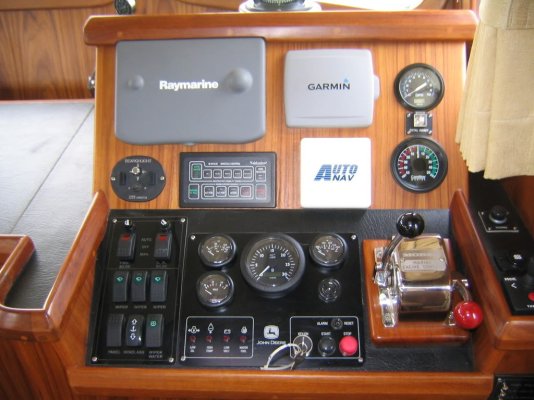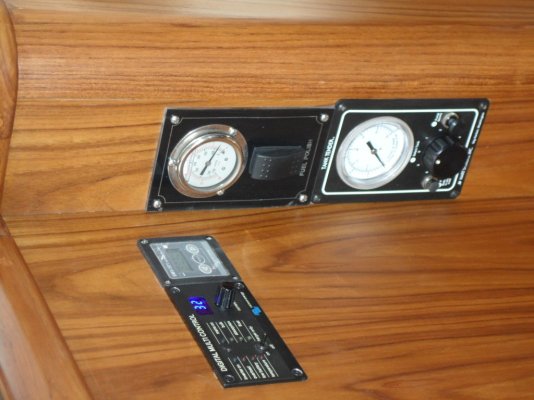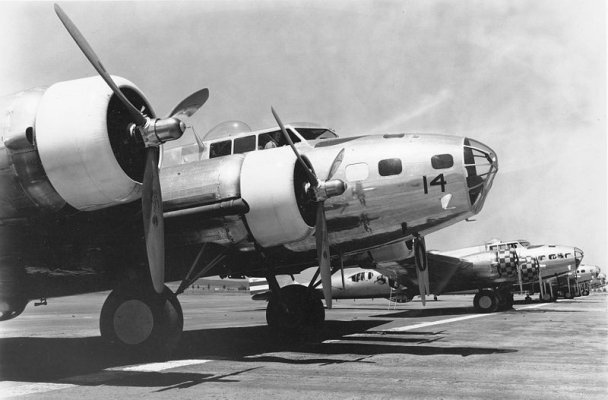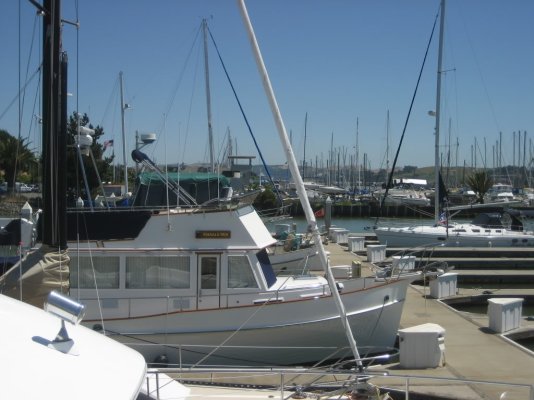skipperdude
Guru
Seems like a simple question but some people go thru a lot of procedures to start up the motor.
Most of us have a key to start. I have seen some with a key and a push button.
I have installed a button in the ER so when I check the oil and I am right there I can start her from the engine room. I run the boat solo often. I like this because if there are any issues I can see them right away.
What do you do?*
*How do you start your boat?
SD
*
-- Edited by skipperdude on Wednesday 26th of October 2011 01:17:23 PM
Most of us have a key to start. I have seen some with a key and a push button.
I have installed a button in the ER so when I check the oil and I am right there I can start her from the engine room. I run the boat solo often. I like this because if there are any issues I can see them right away.
What do you do?*
*How do you start your boat?
SD
*
-- Edited by skipperdude on Wednesday 26th of October 2011 01:17:23 PM





